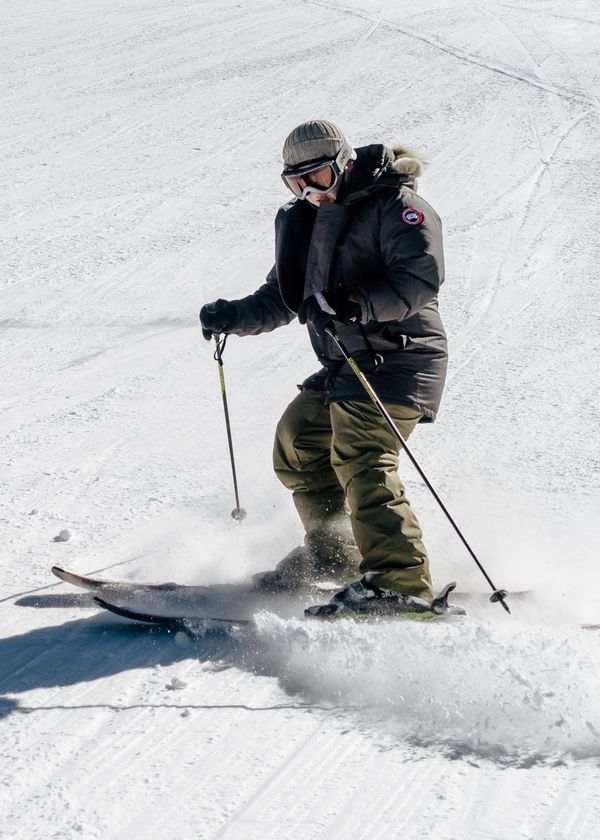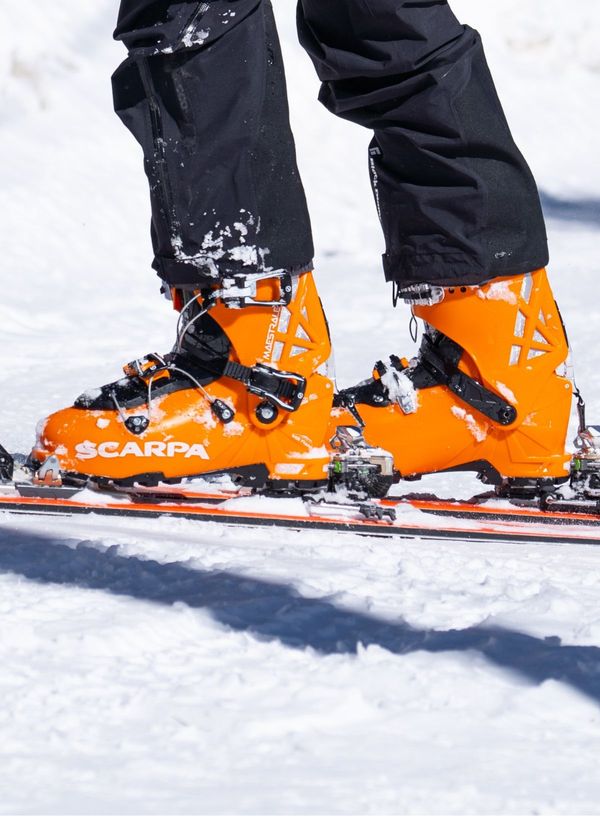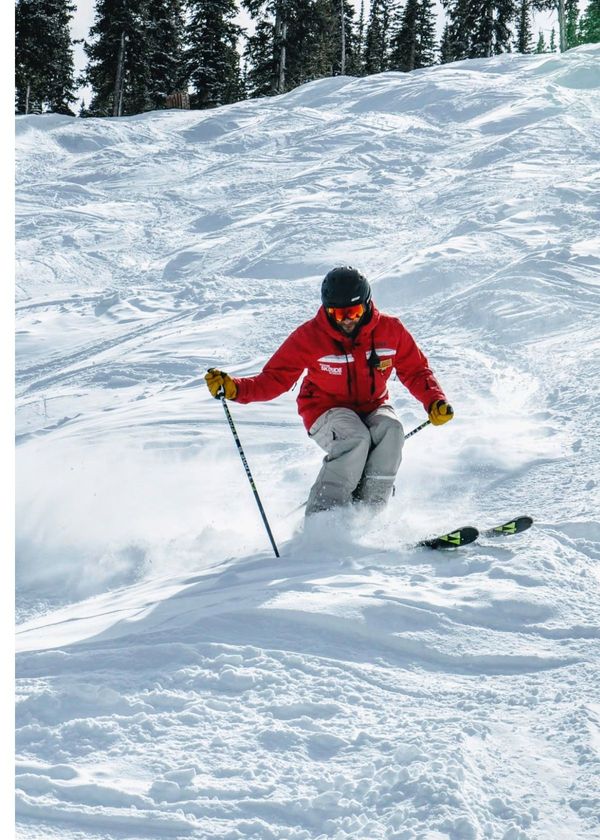Ready to take your skiing skills from average to outrageous?
With a sport-specific training program designed just for winter warriors, you can unleash the best version of yourself at the ski resort.
Don't know where to start?
We've got you covered with some sweaty and snow-filled exercises that'll get your muscles prepped for an epic season on the slopes!
As with any exercise program, it is recommended to consult with a physical therapist or other health professional. Start any new exercise program slowly before progressing to more strenuous ones.
To help get you started, here are some exercises to try out:
Dynamic Stretching:
Before hitting the slopes it is important to warm up and prepare your body for the activity ahead.
Dynamic stretching is a great way to get your body prepared for skiing.
It helps to increase joint flexibility and improve range of motion, as well as improving coordination - all of which are important in order to excel at skiing.
While getting loose it is important to focus on the muscles and limbs that are going to be doing most of the work while out on the slopes.
Dynamic stretches such as arm circles, standing side bends and air squats can be done as part of warm up pre-skiing routine.
Additionally, dynamic stretches can help reduce risk of injury, enabling you to have more fun out on the mountains!
Core Exercises:
As a skier, it is important to focus on building strength and stability in the core muscles. Skiers use their core muscles constantly while carving through powder or tackling steep runs.
Strengthening your core can have a huge positive impact on your skiing experience. Developing strong abdominal muscles, obliques and lower back will help to create a stable base for balance and control during turns. as well as more control over your body when navigating through challenging terrain.
Building up these areas of the body through exercises such as sit ups, planks and leg lifts into your routine can help strengthen and condition your core for superior performance on the slopes and will also significantly reduce risk of injury while out on the slopes.
Additionally, having a strong core will give you increased power and agility – both skills that are essential in order to excel at skiing!
Plyometric Drills:
Plyometric drills are an integral part of any serious skier’s conditioning routine.
Plyometric drills involve explosive movements that work on agility, power and coordination - all skills necessary to excel at skiing!
Plyometrics will help increase coordination, agility and quickness: all essential skills for navigating through terrain features with ease.
Incorporating plyometric exercises into your pre-ski season conditioning is a great way to build up strength and agility while reducing risk of injury at the same time.
Start by performing low intensity drills such as frog hops or skater drops 2-3 times per week before gradually increasing the number of sets you complete each week.
As you progress, you may challenge yourself with more intense exercises like box jumps or clap push ups– but remember to place importance on safety and form when performing these drills!
This strength training helps to develop well-rounded skills for superior performance on the slopes.
Incorporating explosive jumping and bounding movements into your routine will help to develop explosive power for fast turns and jumps.
These exercises also target muscles in the lower body that are important for skiing--stability in the ankles, feet and hips can improve overall balance and performance on the slopes.
Balance Exercises:
Improving balance is essential for skiers who are looking to stay in control while maneuvering through challenging terrain or unpredictable weather conditions.
Utilizing equipment like wobble boards or balance discs can help skiers practice keeping steady when performing turns or other movements at high speeds.
Balance exercises are essential for any skier who wants to stay injury-free.
Working on static and dynamic balance drills will help improve coordination, agility, and reaction time – all skills that are invaluable when navigating tricky terrain and snow conditions.
You can start simple with single leg balances or stability ball exercises before gradually progressing as your skills improve.
Resistance bands, medicine balls and other power tools can also be used to increase challenge levels.
Incorporate balance exercises into your pre-ski season conditioning routine in order to prepare the body for the demands of the slopes.
Start by performing low intensity drills such as single leg balances or heel walks 3-4 times per week before slowly building up intensity levels over time.
Always remember to listen to your body’s cues and progress at a comfortable rate. Balance is an essential part of skiing - take the time to practice these exercises overtime if you truly want to excel!
Ready to dominate the slopes?
Following a sport specific training program designed with skiing in mind will help maximize your performance at higher levels on the slopes – so get ready to hit those powdery hills with confidence!
As a skier, it is important to focus on building strength and stability in the core muscles.
Developing the abdominal muscles, obliques and lower back will give you greater balance during turns, as well as more control over your body when navigating through challenging terrain.
Incorporating exercises such as sit ups, planks and leg lifts into your routine can help strengthen and condition your core for superior performance on the slopes.
Additionally, strengthening your core can help reduce risk of injury and increase agility when out skiing.
In addition to getting yourself in shape for the ski season, be sure to have the proper gear to elevate your experience.
Now get out there and slay them moguls!
Thanks for Reading!
and
Happy Skiing!









